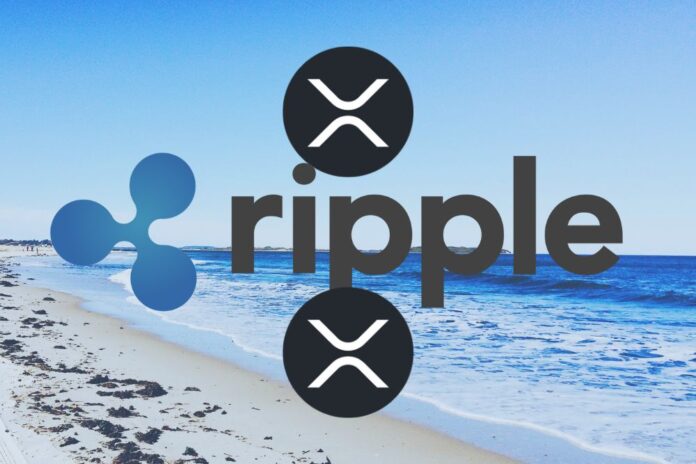The future of XRP as a bridge currency for central bank digital currencies (CBDCs) has sparked debate within the community, with questions arising about Ripple’s commitment to introducing a stablecoin for the XRP Ledger (XRPL) ecosystem.
This discussion stemmed from a question posed by Mr. Huber (@Leerzeit), a prominent figure within the XRP community. Intrigued by the lack of a major stablecoin on the XRPL, Mr. Huber presented his question to the community, seeking to understand Ripple’s rationale behind this decision.
By the way, this is an absolutely legitimate question: Why hasn't Ripple managed to bring a liquid stablecoin to the XRPL in 10 years? Because Ripple sees private stablecoins as a competing technology and is fully committed to establish XRP as a bridge currency between state… https://t.co/tJpLsqjqXu
— Mr. Huber🔥🦅🔥 (@Leerzeit) February 13, 2024
While Ripple is not the sole contributor to the XRPL’s growth, it remains the largest and most influential player, fostering misconceptions about its ownership due to its historical ties with the ledger’s creators and significant XRP holdings. However, it’s crucial to remember that Ripple and the XRPL operate as distinct entities.
Despite actively building on the XRPL and leveraging it for products like Ripple Payments, which benefits from the network’s transaction speed, Ripple has yet to introduce a dedicated stablecoin for the ecosystem. This has puzzled Mr. Huber, considering the widespread adoption of stablecoins across various blockchain platforms.
Most blockchains now host at least one stablecoin, offering a price-stable alternative to their native assets. While the XRPL does have stablecoins like Stably USD (USDS), Ripple hasn’t taken the initiative to develop one specifically for its products, despite the potential benefits a stablecoin could offer for its cross-border payment solutions.
Instead of opting for a stablecoin, Ripple has chosen to use XRP as a bridge currency for its On-Demand Liquidity (ODL) product, which facilitates cross-border settlements between fiat currencies. This decision, coupled with the digital asset’s volatility, has raised questions about the suitability of this approach.
However, the near-instantaneous nature of these cross-border transactions mitigates concerns surrounding XRP’s volatility. Last year, questions were raised about Ripple’s intentions to make XRP a global reserve currency.
We are on twitter, follow us to connect with us :- @TimesTabloid1
— TimesTabloid (@TimesTabloid1) July 15, 2023
Read Also: High Profile Lawyer Explains Why He Thinks Ripple Does Not Dump XRP on the Market
Mr. Huber suggests that XRP’s established role in facilitating cross-border transactions shows Ripple’s continued commitment to using the crypto asset as the bridge currency for its international settlements.
Mr Huber’s theory, which he poses as a question, is that Ripple sees private stablecoins as competing technology and is “fully committed” to using XRP as the bridge currency for the cross-border payments the company processes.
While the lack of a major stablecoin on the XRPL has sparked debate, Ripple’s continued focus on XRP as a bridge currency for cross-border transactions suggests a strategic decision based on the asset’s unique use cases and established role in facilitating international settlements.
Follow us on Twitter, Facebook, Telegram, and Google News


